Over the past twelve months, The Local has asked the Norwegian Directorate of Immigration (UDI) to provide figures on average processing times for residence applications.
The majority of those from outside the EEA are required to have a residence permit, such as for work, education, or to move to be with a partner or family member to live, work and study in Norway legally.
Each time these figures have been provided to The Local, waiting times for a family immigration permit have been the longest. Although between March 2022 and December 31st 2022, waiting times have decreased.
Between March and December 2022, the average waiting time for a family immigration permit fell from 174 days to 109 days.
However, when concerned readers share their experiences of long-waiting times for residence, sometimes exceeding 18 months, they usually are, but not always, applying for a family immigration residence card.
The UDI has explained to The Local that several factors contribute to family immigration cases taking longer than other residence types.
“There are many reasons for the long processing times in family applications. It is mainly due to the long processing time, both in the UDI and the police. But it is also due to the submission of incomplete applications, shifts in responsibility between different agencies, a complicated set of regulations that change relatively often, and the unclear status of the reference person (the person one is applying to move to be with),” Maria Rosenblad, Assistant Director in the Managed Migration Department in the Norwegian Directorate of Immigration, explained to The Local.
Additionally, the UDI said that in some cases, it needs to pause applications if it may be relevant to revoke Norwegian citizenship from a reference person.
She added that the best way to avoid excessive or unnecessary waiting times was to ensure that applications were fully complete when submitted. The UDI’s application portal often provides a documentation checklist that you can use.
If you need an appointment with the police as part of your application, a document checklist should also be provided to ensure there aren’t any paperwork-related hold-ups.
As explained by Rosenblad, applications aren’t solely handled by the UDI. Norway’s police also deal with some of the application processes, and readers of The Local have complained of either long waiting times for an appointment or a lack of communication or clarity between Norway’s immigration services.
Police stations aren’t the only other authority involved in the immigration process. In some cases, such as when applications are being completed abroad, applicants may also need to visit an embassy or VFS centre.
While the waiting time between applying from abroad and from within Norway should roughly be the same, some factors mean that applications submitted outside of Norway take longer.
“For all cases that the UDI handles, the waiting time is approximately the same if you apply from Norway or from abroad, but some cases applied from Norway have a shorter waiting time. This is due to the fact that these cases are handled by the police,” Rosenblad said.
One reason applications from abroad may also take longer is that these cases may need further investigation. Applicants from a number of countries are also required to be interviewed as part of the process to clarify key details of the application, such as the relationship with the person you are moving to be with.
These added hurdles can slow down applications, especially compared to those that don’t require the same steps.
Rosenblad finished by telling The Local that the UDI was continuously working on cutting down waiting times. In 2022 some applications saw their waiting times increase due to a change in processing intended to speed up the process in the long run. The UDI wrote that the applications forced to the back of the queue, apart from citizenship ones, due to the change would receive an answer by mid-2023.

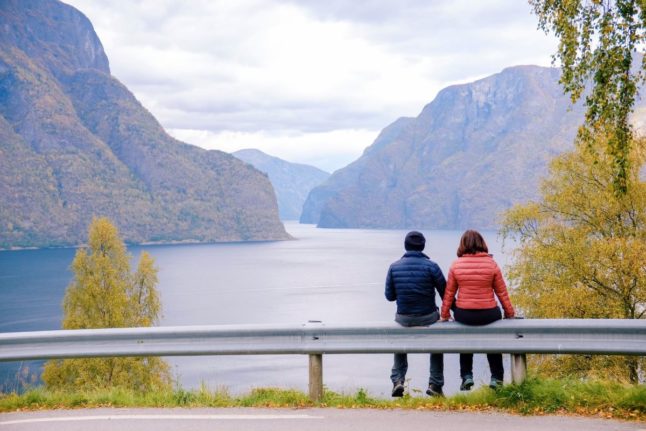
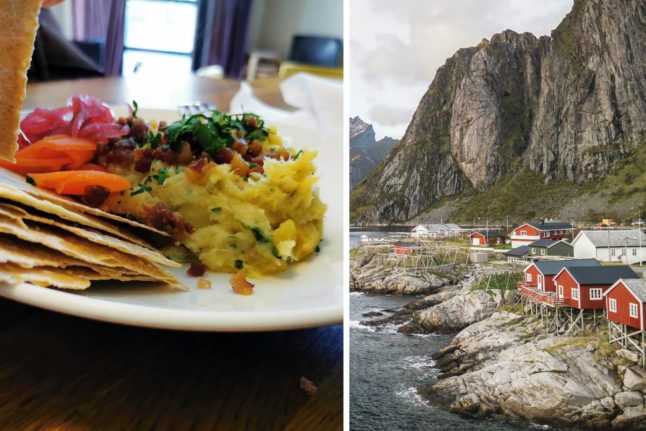

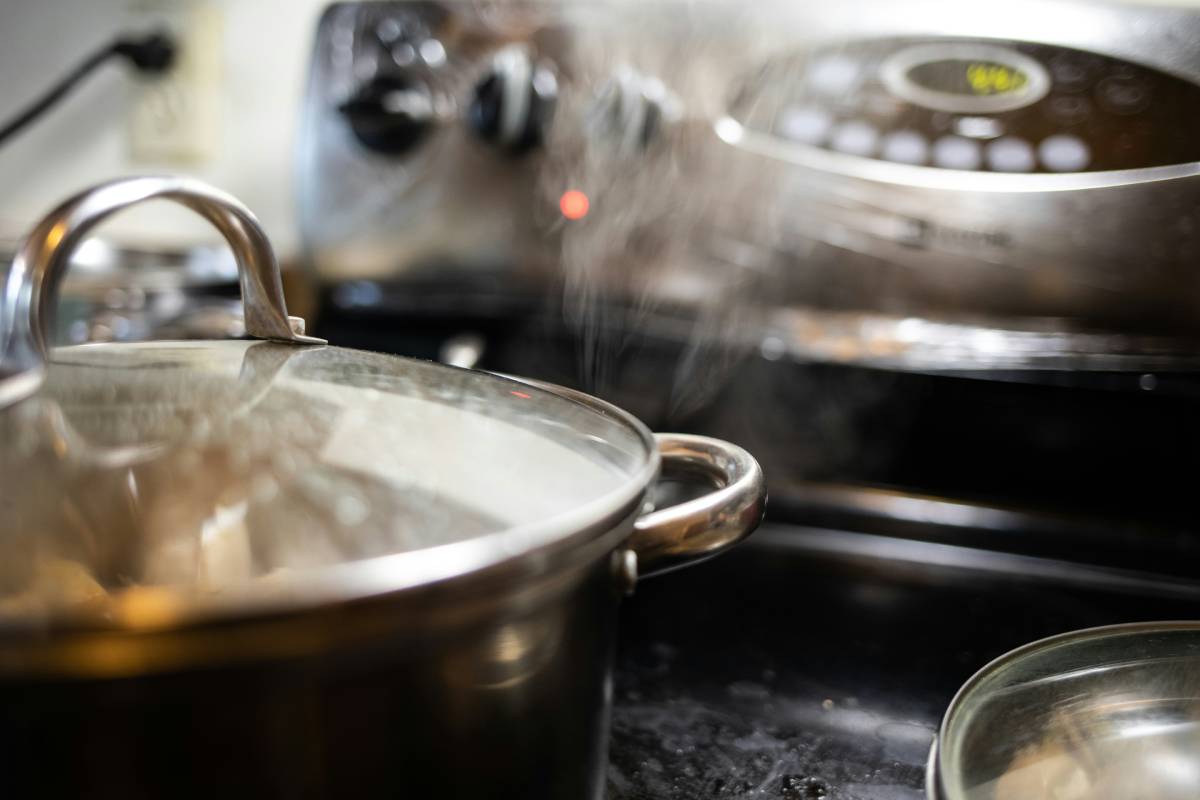
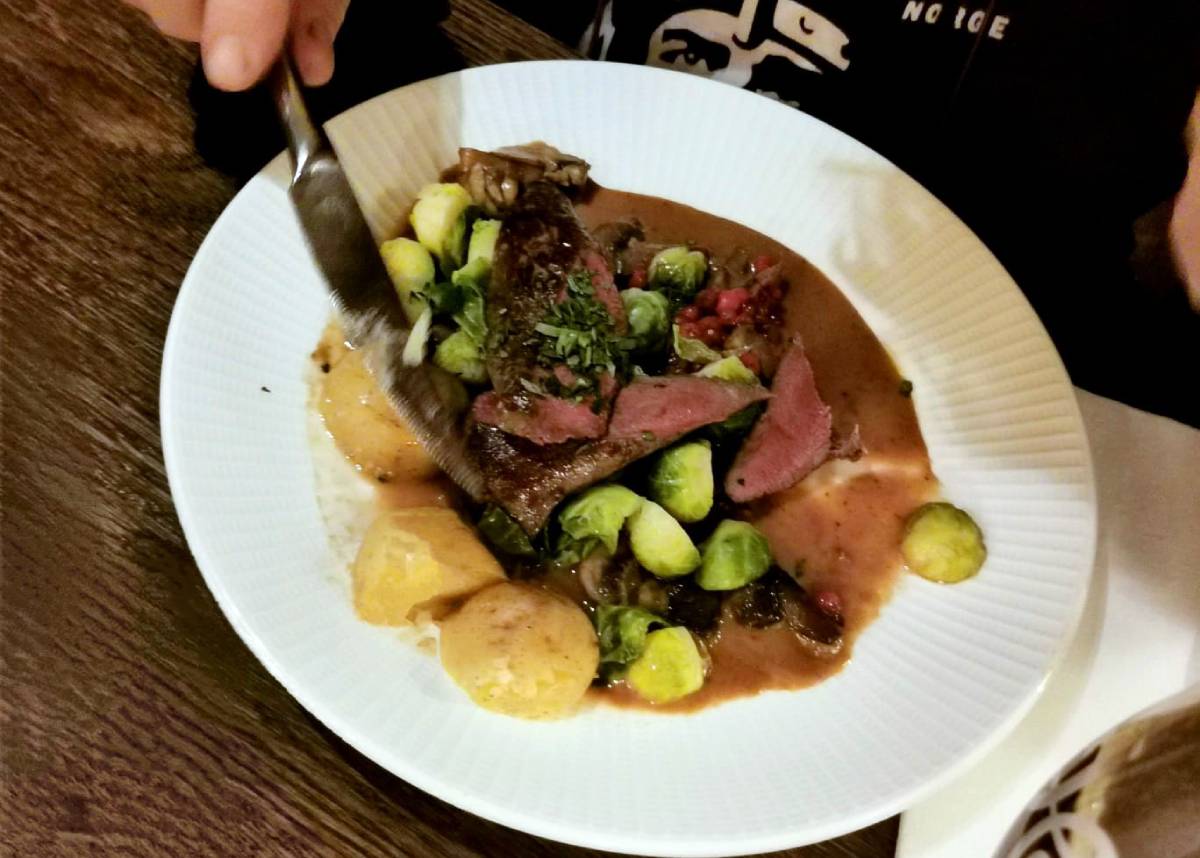
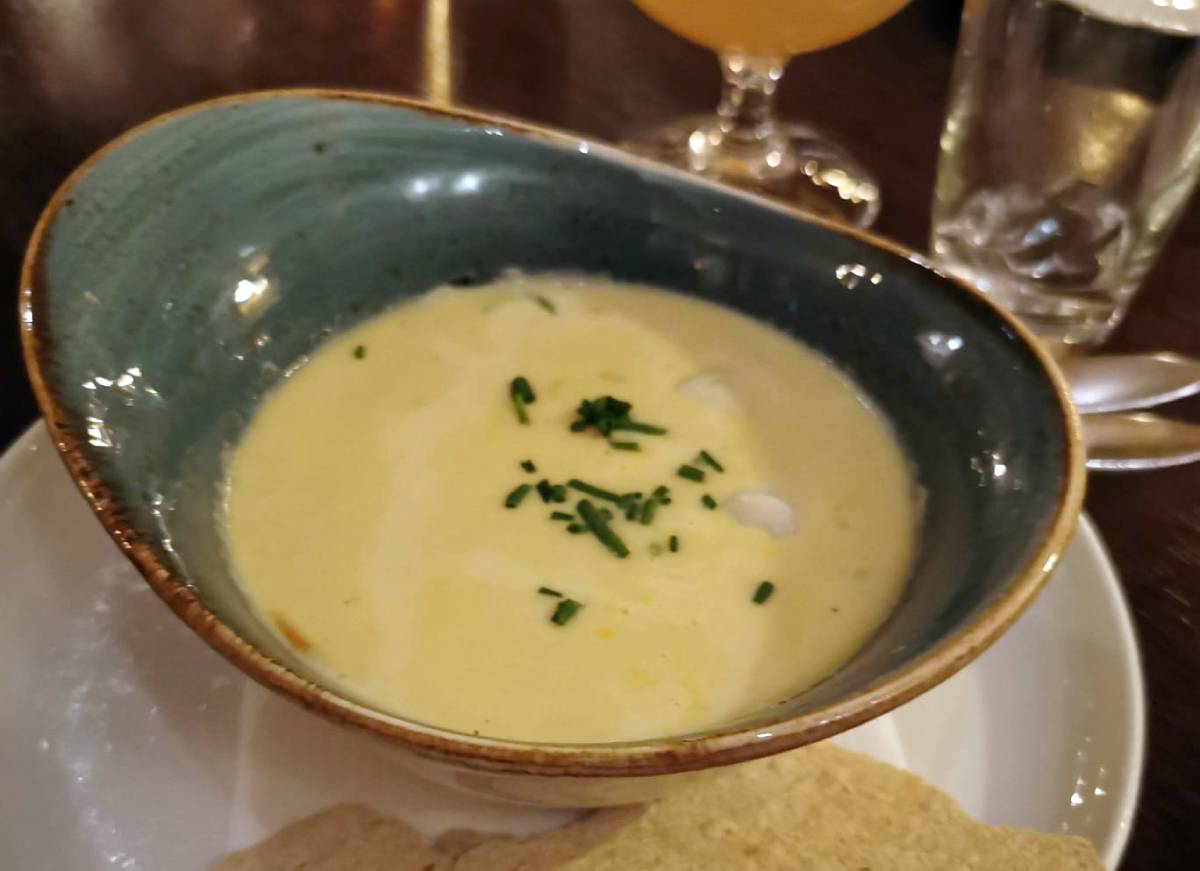
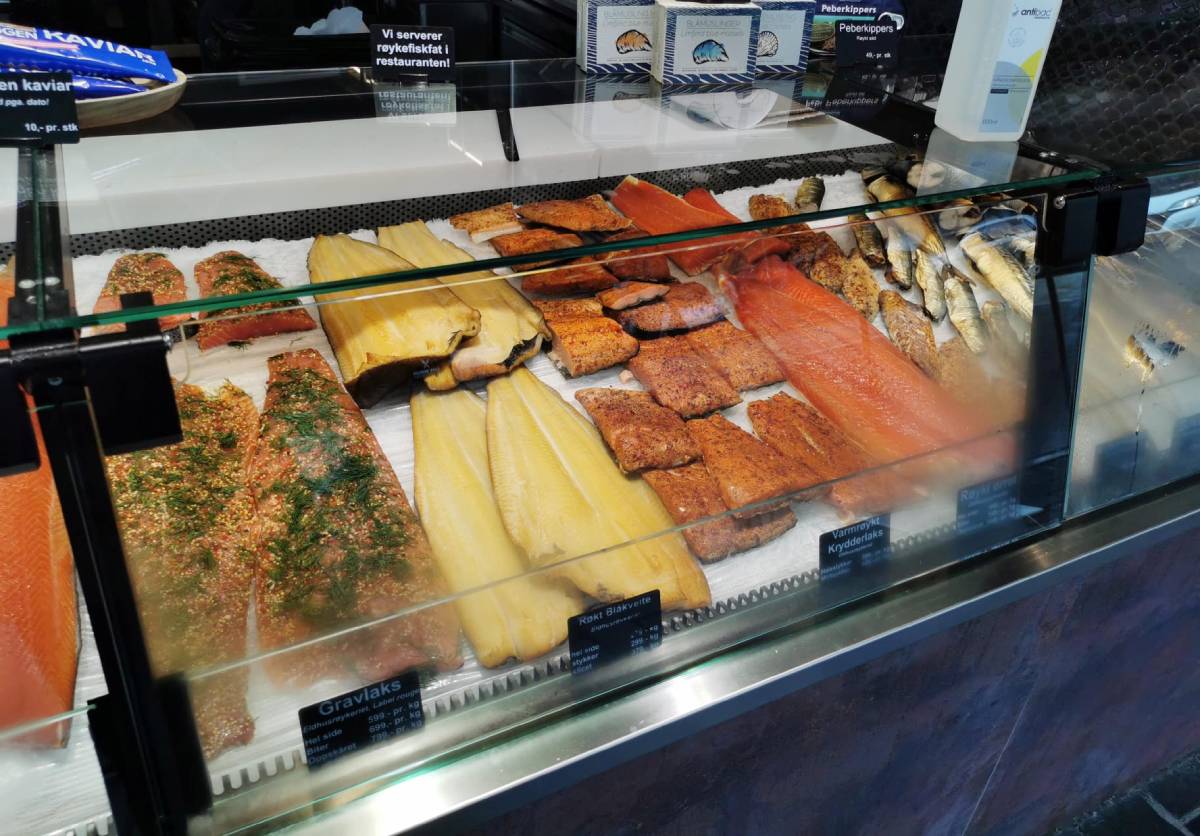
 Please whitelist us to continue reading.
Please whitelist us to continue reading.
Member comments